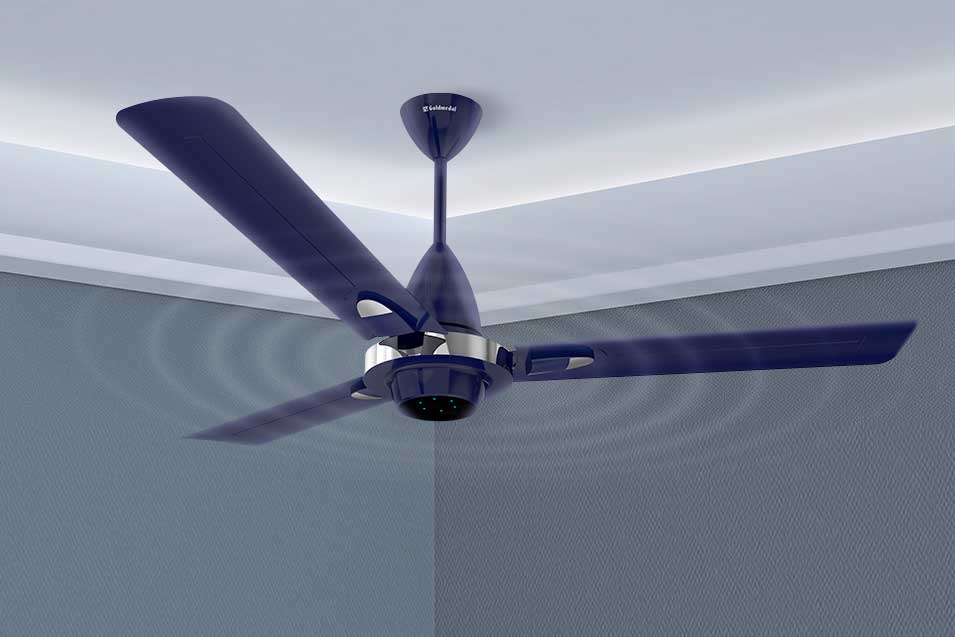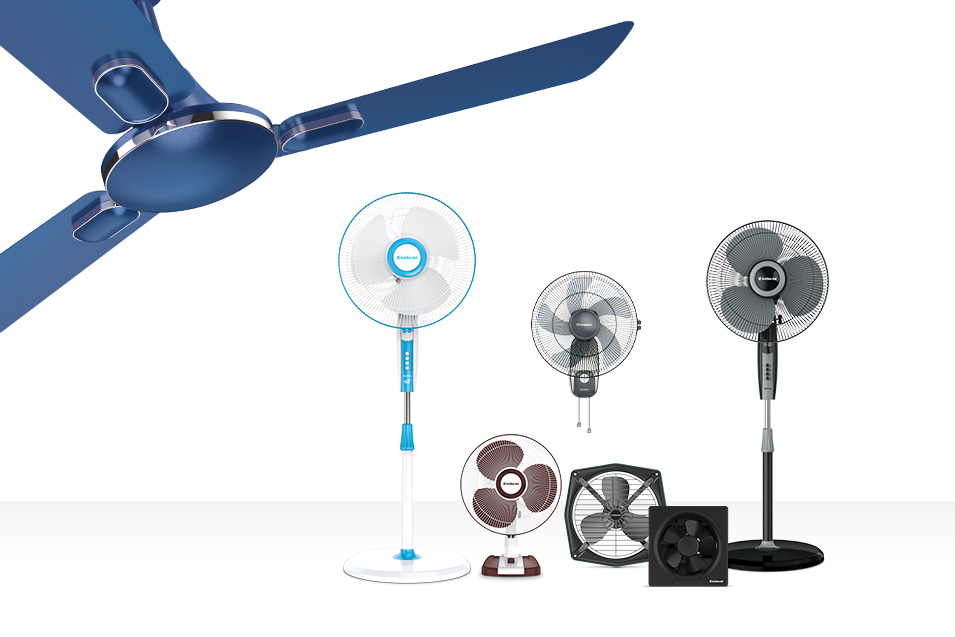
Ceiling Fan RPM and Speed: A Detailed Explanation
23rd September 2025 | Written By: Utsavi Tank | Read Time: 3min | Last Updated: 23rd September 2025
Introduction:
Ever wondered why some fans feel faster? You’ve probably noticed that some ceiling fans seem to spin faster or feel windier than others—even if they’re all on “speed 5.” The reason behind this lies in a lesser-known but important aspect of fan performance: RPM, or revolutions per minute. If you’ve ever been confused by terms like “high-speed fan” or “1200 RPM motor”, this blog is here to clear the air—literally and figuratively.
What is RPM in Ceiling Fans?
RPM (Revolutions Per Minute) refers to how many full rotations the fan blades make in one minute. Simply put, it’s a measure of how fast your fan is spinning. The higher the RPM, the faster the blades move, and often, the more airflow the fan generates.
However, RPM alone isn’t the whole story.
RPM vs Fan Speed: What’s the Difference?
Here’s where it gets interesting:
- Speed Settings: These are the levels you control via regulator or remote—typically 1 to 5.
- RPM: This is the actual speed at which the blades rotate.
Different fans have different maximum RPMs. For example:
- A regular ceiling fan might have a top RPM of 300–350.
- A high-speed fan could have 400–450 RPM.
- Some BLDC (Brushless Direct Current) fans offer 380–430 RPM while saving energy.
So, speed level 5 on a low-RPM fan will still be slower than speed level 3 on a high-RPM fan. That’s why some fans feel windier even when set to a lower number.
What’s a Good RPM for a Ceiling Fan?
Here’s a rough guide:
| Fan Size (Sweep in mm) | Ideal RPM Range |
|---|---|
| 900 mm (Small rooms) | 400 – 500 RPM |
| 1200 mm (Standard) | 300 – 400 RPM |
| 1400 mm (Large rooms) | 260 – 320 RPM |
Note: A bigger fan typically has a lower RPM but may still move more air due to longer blades.
Does Higher RPM Mean Better Air Delivery?
Not always. RPM influences air delivery, but blade design, angle (pitch), and motor efficiency matter too. A well-designed fan with 350 RPM might outperform a poorly made fan spinning at 400 RPM.
Look out for air delivery (in CMM – Cubic Metres per Minute) and wattage alongside RPM for a better decision.
Energy Efficient Fans and RPM
Modern BLDC fans are changing the game. They offer decent RPM (350–400), excellent air delivery, and consume up to 65% less power than regular fans. So, if you’re upgrading, keep an eye on both RPM and power consumption.
Conclusion: RPM is Just the Start
Ceiling fan RPM gives you a good idea of speed, but it’s not the only thing to consider. Fan Blade size, design, motor type, and air delivery stats all play a role in how well a fan performs. Next time you shop for a ceiling fan, don’t just go by speed setting or looks—check the RPM, CMM, and wattage to make a cool and informed choice.

Frequently Asked Questions (FAQs) :
- Q1. Does a higher RPM mean a faster fan? Yes, higher RPM means the blades spin faster, which can result in more airflow. However, blade shape, angle, and size also affect performance. High RPM doesn’t always guarantee better cooling.
- Q2. Why is my ceiling fan running slow even on high speed? It could be due to dust buildup, a faulty capacitor, voltage issues, or worn-out parts. Regular maintenance or replacing the capacitor usually fixes the problem.
- Q3. Does RPM affect electricity consumption? Yes, higher RPM typically means more power consumption. But efficient fans can provide good airflow at lower RPMs, saving energy. Always check the fan’s wattage and energy rating.
- Q4. What is the difference between RPM and CFM in ceiling fans? RPM measures how fast blades spin; CFM measures how much air the fan moves. CFM is a better indicator of cooling efficiency than RPM alone.




